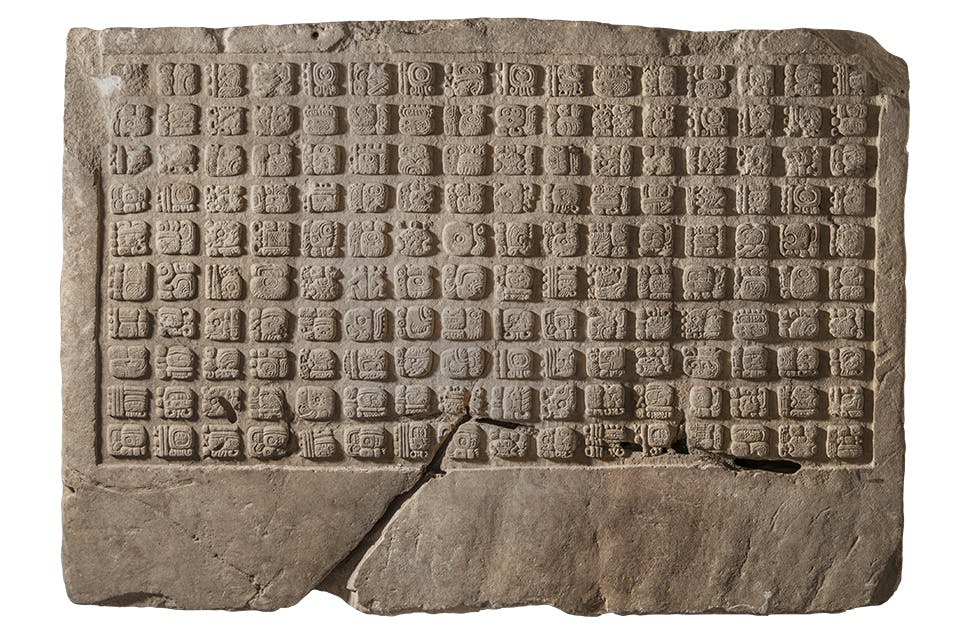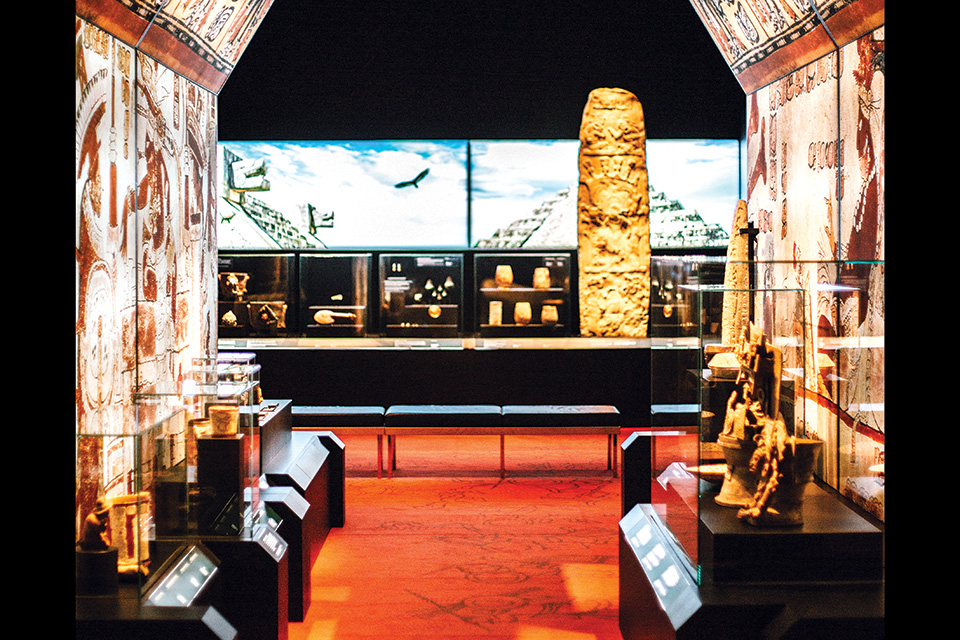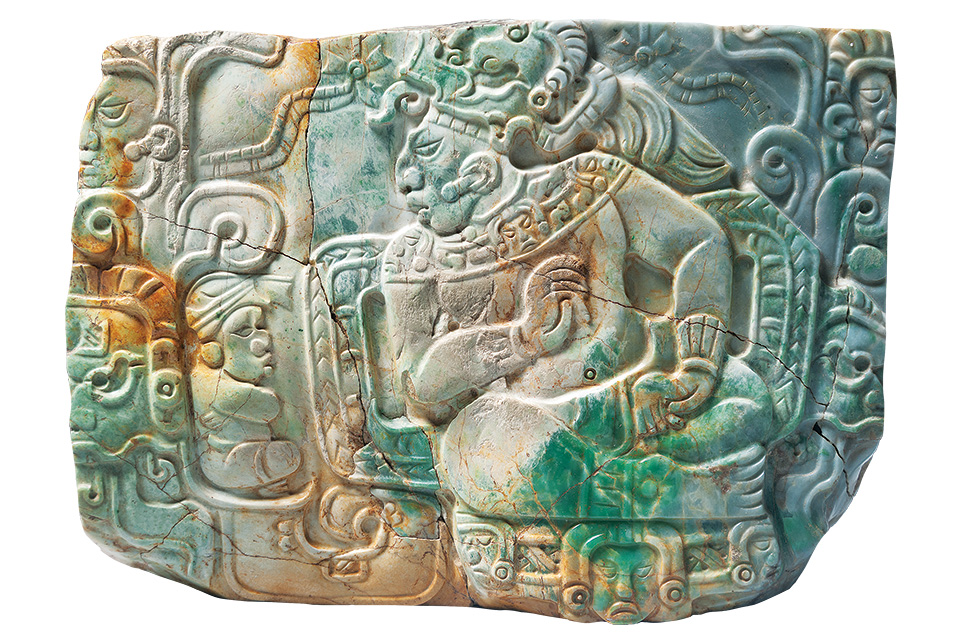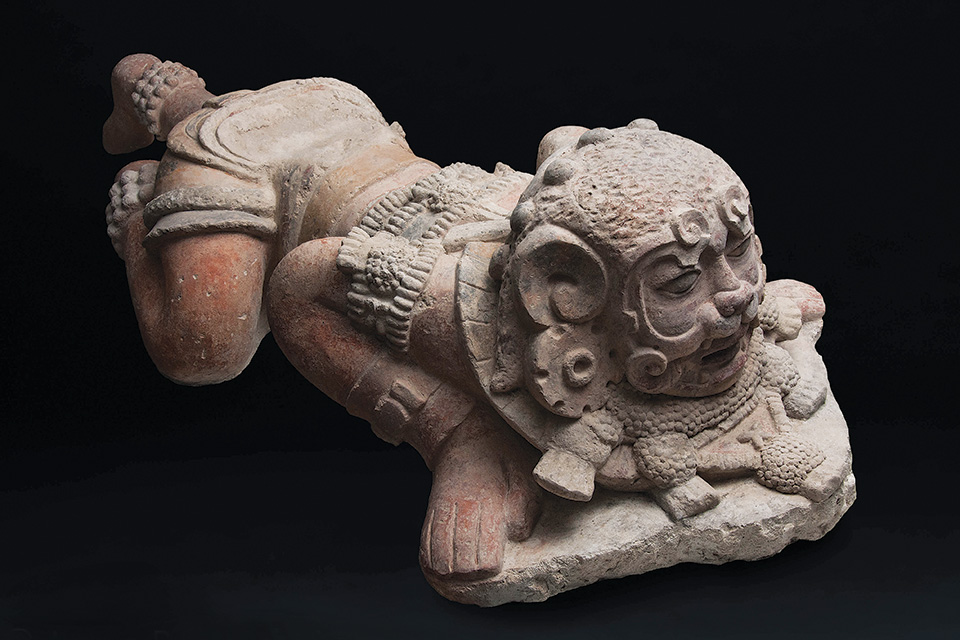Arts
‘Maya: The Exhibition’ in Cincinnati
Union Terminal hosts the U.S. premiere of more than 300 artifacts from the ancient culture that show its influence on the world.
Related Articles

Why You’ll Love the Reimagined Cleveland Museum of Natural History
A massive overhaul of the University Circle institution transforms the visitor experience, telling the story of Earth in a building that reflects the natural history of northeast Ohio. READ MORE >>

How Josh Dickerson Became Owner of the House From A Christmas Story
The managing partner shares his perspective on the Cleveland home’s evolution from upstart tourist attraction to beloved holiday landmark. READ MORE >>
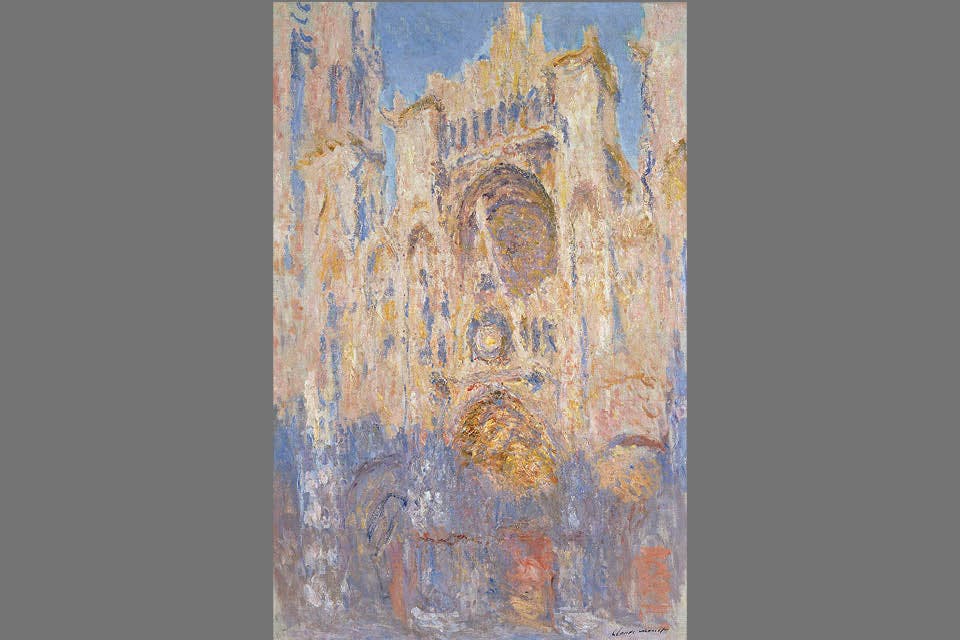
See “Monet in Focus” at the Cleveland Museum of Art
This exhibition features five paintings by renowned French impressionist painter Claude Monet that show the various ways he captured light and atmosphere in his work. READ MORE >>


